The Ocean at the End of the Lane at the National Theatre
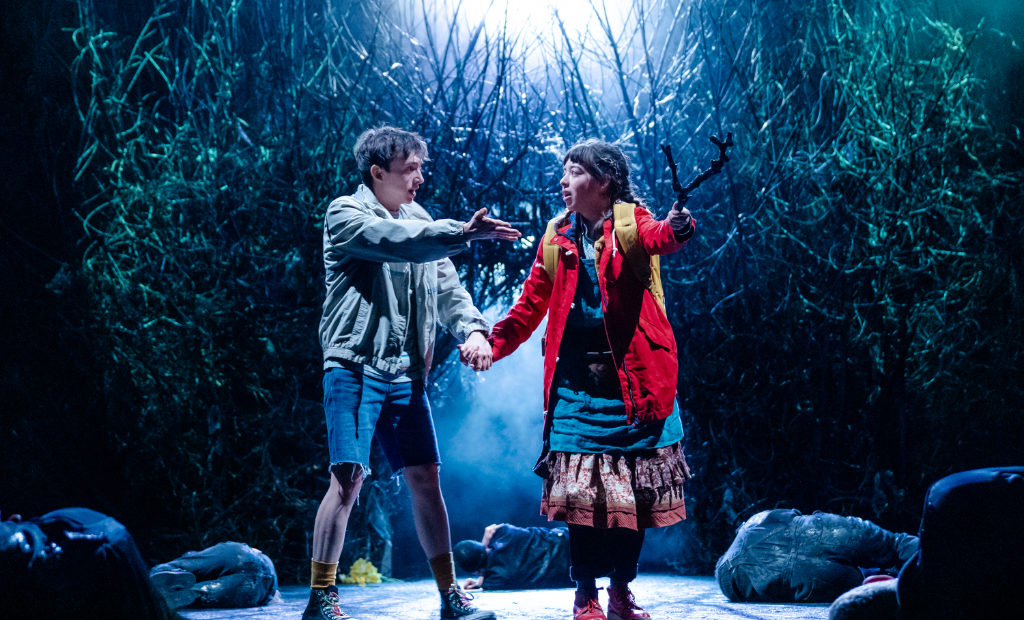
Neil Gaiman’s 2013 adult novel, The Ocean at the End of the Lane, is posed as a sort of cathartic autobiography for the author, and if this is the case, it’s definitely the most magical autobiography ever created; equipped with creatures, monsters, magic and surprises along the way. Gaiman comments that “the past doesn’t feel far away. Just around the corner, really” and this is how it is perceived: anything can be remembered or re-lived through one’s imagination. The writer takes us on a sensory journey through his past and it bursts at the seams. This is a wild combination of Harry Potter, Stranger Things and Alien.
Within the intimate setting of the Dorfman Theatre, Gaiman’s play surrounds the main character of Boy (Samuel Blenkin) who lives with his dad and sister, spending most of his time with his head buried in a book. His life is then flipped upside-down when he meets Lettie, a young unassuming girl living on a nearby farm, who we learn has magical powers and lives on the threshold of another universe. Through a series of events, the protagonist discovers a primeval, magical realm on his doorstep to which a monster is let loose, attempting to infiltrate the “real” world.
The astonishment comes from the clear collaborative approach from the creative and production teams, all trying to achieve one thing: immersive imagination and limitlessness. The direction from Katy Rudd, set design from Fly Davis, costume and puppetry by Samuel Wyer and Finn Caldwell are together a recipe for success in creating the illusion of another world. The latter puppetry and costume creation are a real spectacle. Their work astounding enough to rival that of War Horse, Wyer and Caldwell enchanting through the detailing and sheer scale of the puppets. The ensemble is a huge contributor to this, controlling and manoeuvring the puppets, with strong characterisation and vocals, making them the true personification of a monster from Gaiman’s novel.
Rudd creates a highly physical piece of theatre – which clearly requires an abundance of focus from the ensemble and leads – and this adds another level of engagement to the overall plot, drawing the audience in further. Samuel Blenkin’s performance is a notable one: he really is the lynchpin that holds the show together. The actor displays relentless energy in order to portray the bewildered, enchanted onlooker of this “other world” which Lettie inhabits, trying as hard as he can to make sense of it. Blenkin also has many comic moments, which he delivers with great timing and tonality, elevating the piece further.
This production shows theatre at its finest and pushes the boundaries of the medium. Really, it’s a showcase of what can be achieved on stage. Rudd and Horwood have taken Gaiman’s novel, full of imaginative potential, and added a rainbow of colours, creating nothing short of a magical masterpiece.
Brooke Snowe
Photos: Manuel Harlan
The Ocean at the End of the Lane is at the National Theatre until 25th January 2020. For further information or to book visit the theatre’s website here.


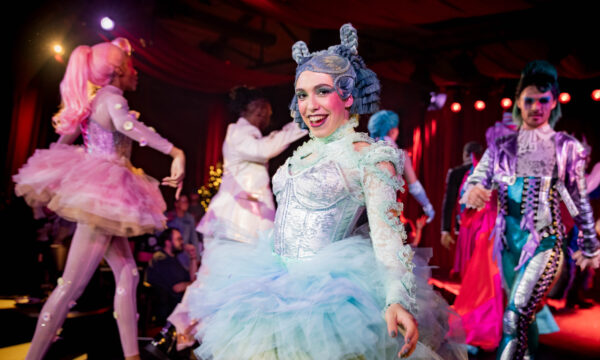
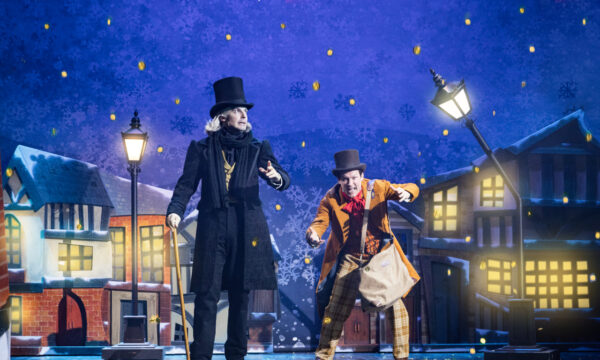
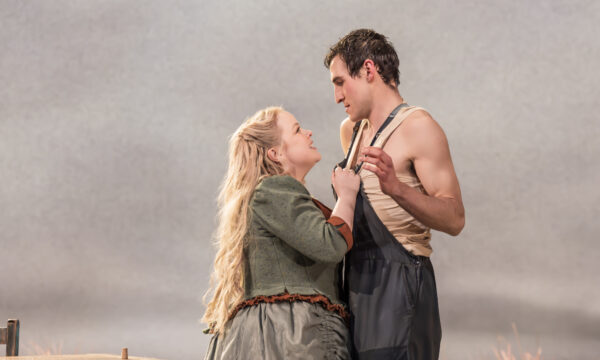


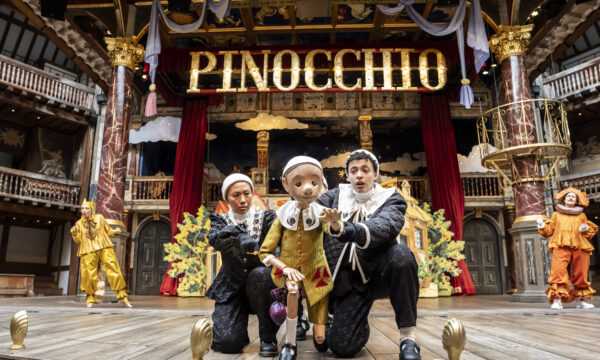
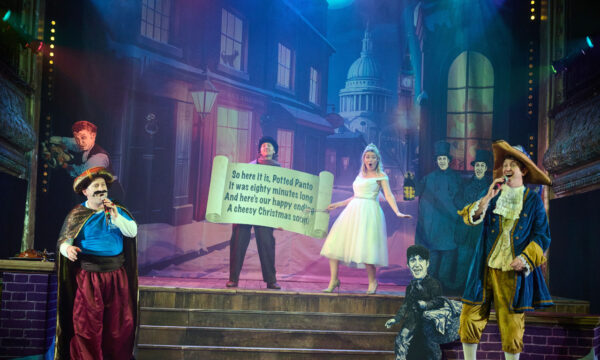





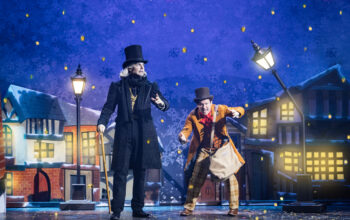



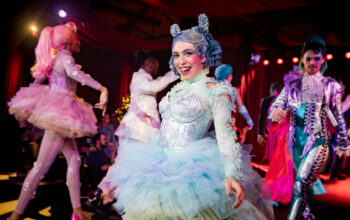




Facebook
Twitter
Instagram
YouTube
RSS